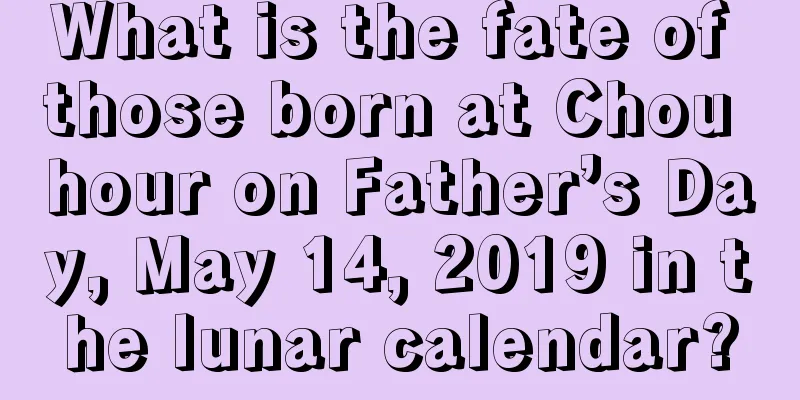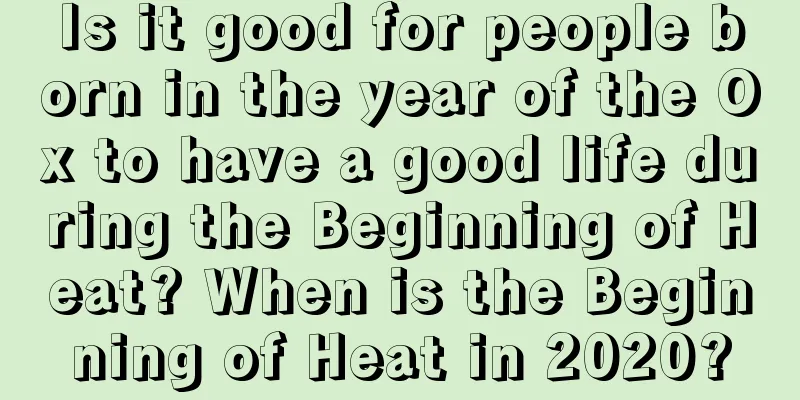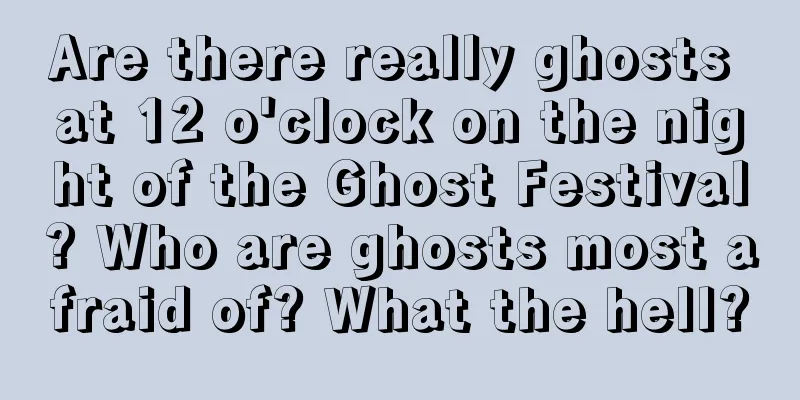When is Christmas in 2020? Why do we celebrate Christmas?

Although Christmas is an ancient festival, it conveys an eternal theme: people need a peaceful, tranquil and happy time. During this time, many people have more warmth and gratitude in their hearts. So, when is Christmas 2020? Why do we celebrate Christmas? Although there are no long holidays in the eleventh month of the lunar calendar, November is here, so is the New Year far away? This winter, Mr. Shui Mo will accompany you in looking forward to the New Year. We will explain to you the good and bad luck every day in November of the lunar calendar in 2020.When is Christmas in 2020?Christmas 2020 is on Wednesday, December 25, the eleventh day of the winter month in the lunar calendar.Christmas is also a public holiday in the Western world and many other regions, such as Hong Kong, Macau, Malaysia and Singapore in Asia. In the time of Constantine (313 AD), the ancient Roman Church gradually became accustomed to celebrating the birth of the Lord on December 25th. Why do we celebrate Christmas?Christmas is a holiday that celebrates the birth of Jesus. In the past, not everyone celebrated Christmas. Those who celebrate this festival must be Christians or have connections with Christians. Christmas was introduced to China with the spread of Christianity. In modern history, many celebrities including Sun Yat-sen, Chiang Kai-shek, Zhang Xueliang, Feng Yuxiang, and the brothers and sisters of the Soong family were devout Christians.On Christmas, most Catholic churches will hold midnight mass on Christmas Eve, December 24, and some Christian churches will also hold midnight worship. The picture shows the officers of the Young Men's Christian Association and their children taking a photo with Santa Claus in Beijing on Christmas Day 1917. Christmas symbols include Christmas tree, Christmas ham, holly, etc. In the West, people send each other Christmas gifts and Christmas cards at Christmas. The picture shows the Christmas banquet held for the whole school on the lawn in front of the Weishi Hall of Lingnan University in Guangdong in 1925. Now, giving gifts at Christmas is almost a global practice. Saint Nicholas, the prototype of Santa Claus who brings gifts, was a bishop who lived in present-day Turkey in the fourth century AD. The picture shows Major Clifford Young and Colonel Ivan Yetton of the US Army distributing gifts to children in Yan'an on Christmas Eve in 1945. They are former members of the US military observation group in Yan'an. The image of Santa Claus that is known throughout the world today was drawn by the Coca-Cola Company in the 1930s. This image is very popular among children. The picture shows the Christmas Eve party held by the Beijing YMCA on December 24, 1957. Christmas is inseparable from Christianity. Sun Yat-sen once called for: "Christians should promote the teachings of Christ, share the responsibility of the country, and make politics and religion achieve the perfect goal." Chiang Kai-shek was also a Christian. When he encountered problems, he often prayed to "Heavenly Father", especially during the civil war. The picture shows Chiang Kai-shek attending a service at the Kaige Church in his Nanjing residence in 1948. The most certain statement at present is that Christianity was first introduced to China in the Tang Dynasty, when it was called "Nestorianism." The missionaries who came to the Tang Dynasty were Syrians and were received with courtesy by Emperor Taizong of Tang. Nestorianism existed in China for 200 years during the Tang Dynasty. The picture shows the "Stele of the Spread of Nestorian Christianity in China" unearthed in the Ming Dynasty, which records the spread of Nestorianism in the Tang Dynasty. It is now in the collection of the Xi'an Beilin Museum. Christianity entered China again during the Yuan Dynasty and was called "Yerikewen", also known as "Cross Religion". In the middle of the Ming Dynasty, Christianity spread in China for the third time. Matteo Ricci became the founder of Catholicism in China, and he also became the spiritual and academic mentor of agronomist Xu Guangqi. The picture shows the first meeting between Matteo Ricci and Xu Guangqi in Nanjing in the spring of 1600. After the Qing army entered the pass, Catholic missionary work continued. However, the Pope and Emperor Kangxi came into conflict over the Chinese Rites Controversy. During the Qianlong period, Catholic activities fell into a trough. In 1807, British pastor Robert Morrison came to China and became the first Protestant missionary to the Chinese mainland. He translated and published the first Chinese version of the Protestant Bible. The picture shows Morrison working with the assistance of his Chinese assistants. Christianity inspired some Chinese people, so Hong Xiuquan founded the God Worshipping Society and initiated the Taiping Heavenly Kingdom Movement. However, since the spread of Christianity in China was closely linked to the invasion of Western powers, some missionaries forcibly bought people's land, interfered in local political affairs, and so on, conflicts between the people and the church suddenly arose. From 1856 to 1899, religious incidents occurred every year and the anti-foreign religion movement reached its climax. The picture shows a painting showing the Boxers killing priests and nuns. Because missionaries enjoyed extraterritoriality, some of them did whatever they wanted; some foreign governments used the excuse of protecting missionaries to stir up disputes; at the same time, there were many rumors, such as rumors that missionaries dug out eyes, dissected hearts, and took brains to make medicine. A variety of reasons led to the Boxer Rebellion in 1900. The picture shows a Catholic priest and his guards wearing weapons to protect themselves during the Boxer Rebellion. After the so-called "Boxer Rebellion", the Eight-Nation Alliance entered Beijing and Tianjin, Empress Dowager Cixi fled westward, and the Boxer Rebellion was eliminated. Since then, the British and American churches have begun to reflect. Some missionaries were also deeply dissatisfied with their role as accomplices and tools of colonialism. The activities of Western missionaries began to get on track and deeply influenced the lives of local people. The picture shows missionaries preaching in the countryside in the early 20th century. In the late Qing Dynasty, a devout Christian changed his clothes and burned incense, then sat down to copy the Gospel. Posted on the wall were chapters from the Bible written in Shanghai dialect. After the outbreak of the Anti-Japanese War, Christians also made great contributions to China's war of resistance. In 1937, after the "August 13" Incident, French priest Jao Ka-kui established the "Nanshi Refugee Zone" or "Jao Ka-kui Safety Zone" in Shanghai, which protected at least 300,000 fleeing Chinese. The picture shows Rao Jiaju with refugees and children in the safety zone. In Nanjing, German John Rabe, together with a dozen other missionaries, professors, and doctors, established the Nanjing International Safety Zone, which accommodated approximately 250,000 refugees. Pictured are the founders of the safety zone on December 13, 1937. From left to right: Russian Zeil, Austrian Hartz, German Rabe, American missionary Magee and Belarusian Paul Schwarzwald. Christian John Rabe did his best to protect the Chinese in the safety zone, but Japanese soldiers often broke into the "safety zone" for various reasons, looting property and raping women. The Nanking Safety Zone remained in place until its closure in May 1938. The picture shows refugees in the safety zone waiting for cash from the Safety Committee in February 1938 to help them start a new life after leaving the safety zone. The role of the YMCA in the War of Resistance against Japan cannot be ignored. In early August 1937, the "National YMCA Military Service Department" was officially established. The main work included setting up a reception office for wounded soldiers, setting up dressing stations along railways and highways, collecting donations, teaching anti-Japanese and national salvation songs, etc. The picture shows the National YMCA Military Service Department treating wounded and sick anti-Japanese soldiers at Guangshui Railway Station. During the war, church hospitals were converted into hospitals for wounded soldiers, and some church schools were even converted into temporary hospitals, with students tasked with performing rescue work or some auxiliary work. The picture shows St. Luke's Catholic Hospital in Nancheng County, Jiangxi Province, which was bombed by the Japanese army in 1943. The hospital admitted 29 cholera patients in 1942, 26 of whom died. The Japanese army invaded the southern city in 1942, and cholera broke out after they withdrew. The Christian community also organized the Crusade to march into enemy territory to participate in the war of resistance. The army consisted of four companies and was led by the regiment commander Li Zhongshan. It arrived in Shanxi in October 1939 to participate in the War of Resistance. There were also many Christians who followed the expeditionary force into Burma and India to fight. People from the Christian and Catholic circles also called on the international community to support my country's war of resistance. The picture shows the relief supplies that the Catholic Church obtained through the United Nations Relief Department. After the founding of the People's Republic of China in 1949, Christianity in China entered a new historical period. The picture shows a demonstration held by women from all walks of life in Shenyang in February 1950 to oppose the US imperialists' arming of Japan. These are the Catholic nuns attending the conference. The Religious Affairs Office of the Cultural and Educational Committee of the State Council held a meeting in Beijing in April 1951 to deal with Christian groups receiving American subsidies. The meeting passed the "Measures for Handling Christian Groups Receiving U.S. Subsidies," which stipulates that all Christian groups receiving U.S. financial support must register and achieve self-sufficiency as soon as possible. The picture shows Lu Dingyi, deputy director of the Culture and Education Committee, giving a report. In the early 1950s, churches across the country began to conduct political studies and held Three-Self Reform study classes to learn about the situation of the times and the political line. The Beijing YMCA holds a "New Democracy" lecture every week. These are young Christians going to get their pass to attend the lecture. By 1954, the China Christian Three-Self Patriotic Movement Committee was established. The Three-Self refers to: self-governance, self-support, and self-propagation. During the Cultural Revolution, Christianity was regarded as counter-revolutionary superstition, churches were closed, and religious activities were banned. In 1978, Beijing South Church became the first Catholic church to open after the Cultural Revolution. The picture shows the Eucharist ceremony held at Xuanwumen Catholic Church in October 1979, presided over by Beijing Bishop Fu Tieshan. He never wore the Vatican's "red robe" that symbolizes theocracy in his entire life, and finally said goodbye with his head covered with the five-star red flag. |
<<: Is Christmas, December 25, 2020, an auspicious day? Fortune analysis
Recommend
Is it okay to pray one day after the Beginning of Autumn on July 5, 2020? How many days are left in the countdown to the Beginning of Autumn?
Introduction: In our country's traditional cul...
Is it possible to hold a funeral on September 18th of the lunar calendar in 2018?
Is it possible to hold a funeral on September 18th...
What is the fate of a baby boy born on the second day of April in 2019? What should we pay attention to in health preservation during the Beginning of Summer?
Fate is the destination of a person's life. Wh...
Is it a good idea to get engaged during the Winter Solstice of 2017? What are the customs of Winter Festival?
my country is a country with a long history. In an...
Where is the God of Happiness on the first day of the tenth lunar month in 2018? Check the location
Every day has its good and bad days, auspicious a...
Is it good for people born in the Cold Dew solar term of the Rabbit sign? Is their fate good?
Is it good for people born in the Cold Dew solar t...
Query the position of the God of Happiness on the tenth day of September 2018
Want to know your fortune in the ninth month of t...
Is it suitable to sign a contract on April 13th of the lunar calendar in 2021? What is the hexagram?
April is the beginning of summer, when golden whea...
What time is the beginning of spring in 2021? Is this a good day?
The Beginning of Spring is the first solar term of...
What are the customs of visiting new graves during Qingming Festival? What are the customs of adding soil to graves during Qingming Festival?
Qingming Festival is one of the traditional festiv...
What day is the day before the Lantern Festival in 2022? When should we start preparing for the Lantern Festival?
The Lantern Festival is also known as the "La...
Is it suitable to start work on February 27th of the lunar calendar in 2022? How to choose the start date?
February is called the Apricot Month because red a...
How is the second day of the third lunar month in 2021? Is it good to open on the same day?
There are certain considerations and rules for cho...
What can’t you eat during the Beginning of Autumn? What are the taboos in the Beginning of Autumn in 2021?
"Autumn" means the end of summer heat an...
Can the funeral be held on October 13th of the lunar calendar in 2021?
The good and bad days are different every day. Som...









